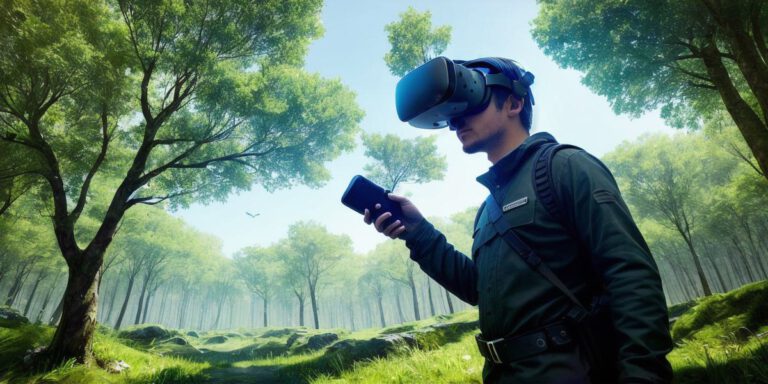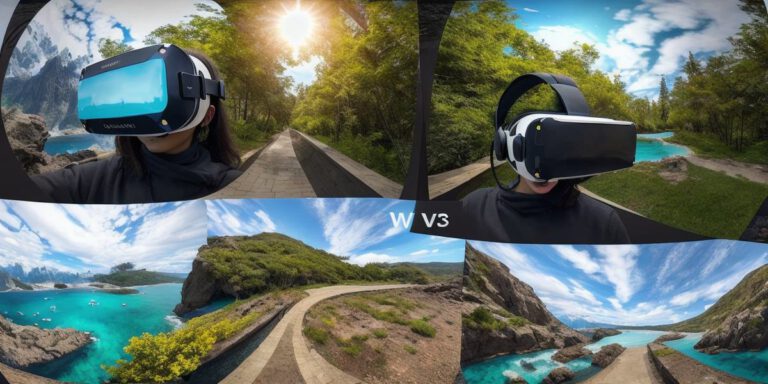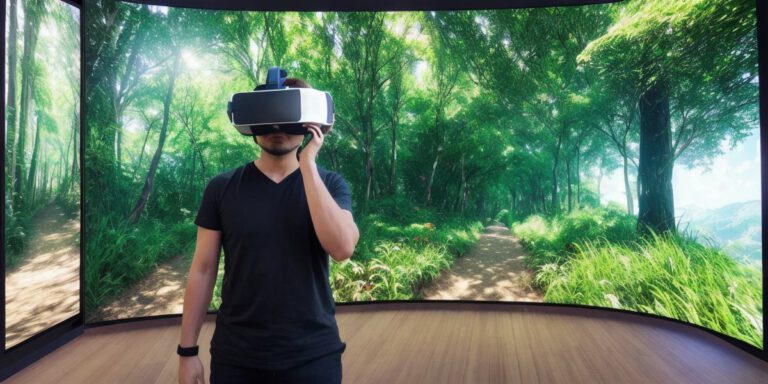All VR is Not the Same: Differences, Pros and Cons

Introduction:
Virtual Reality (VR) technology has come a long way since its inception. With advancements in hardware and software, VR is now being used in various industries such as gaming, healthcare, education, and more. However, with so many different types of VR systems available on the market, it can be difficult to determine which one is right for your needs. In this article, we will explore the differences between various VR systems, their pros and cons, and how they can impact your experience.
1. Hardware Differences:
There are two main types of VR hardware: standalone and PC-powered. Standalone VR systems, such as the Oculus Quest 2, offer a more portable and wireless experience. They do not require a separate computer or external sensors, making them easier to set up and use. However, they may have lower resolution graphics and less processing power compared to PC-powered systems.
On the other hand, PC-powered VR systems, such as the HTC Vive Pro Eye, offer higher resolution graphics and more powerful hardware. They require a separate computer with specific requirements to run smoothly. While they may be more expensive and difficult to set up, they can provide a more immersive experience with better performance.
2. Software Differences:
VR software can also impact your experience. Some VR games and applications are designed specifically for certain hardware, while others may be compatible with multiple systems. It’s important to check the system requirements before purchasing a game or application to ensure it will work on your device.

Additionally, some VR software may require additional sensors or accessories, such as motion controllers or tracking cameras. These can add to the cost and complexity of setting up your system.
- Pros and Cons:
The pros and cons of using different VR systems will depend on your specific needs and preferences. Standalone VR systems offer a more portable and wireless experience, making them ideal for gaming or casual use. They may also be more affordable compared to PC-powered systems.
PC-powered VR systems offer higher resolution graphics and more powerful hardware, making them ideal for professional use or high-end gaming. However, they may be more expensive and require a separate computer with specific requirements.
- Real-life Examples:
Let’s take a look at some real-life examples of how different VR systems are being used in various industries. In healthcare, the Oculus Quest 2 is being used for remote patient monitoring and telemedicine. The HTC Vive Pro Eye is being used for surgical training and simulation.
In education, the Samsung Gear VR is being used for language learning and cultural immersion experiences. The PlayStation VR is being used for history and science lessons.
In gaming, the Oculus Quest 2 is being used for casual gaming and social experiences. The HTC Vive Pro Eye is being used for high-end gaming and esports.
5. Expert Opinions:
"VR technology has come a long way since its inception, but it’s important to understand the differences between different systems," says John Carmack, co-founder of id Software. "When choosing a VR system, consider your specific needs and preferences to ensure you get the best experience possible."
Summary:
In conclusion, all VR is not the same. It’s important to understand the differences between hardware and software to determine which VR system is right for your needs. Whether you are looking for a portable and wireless experience or high-end performance, there is a VR system out there for everyone.








